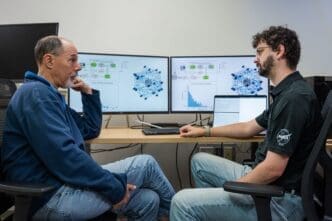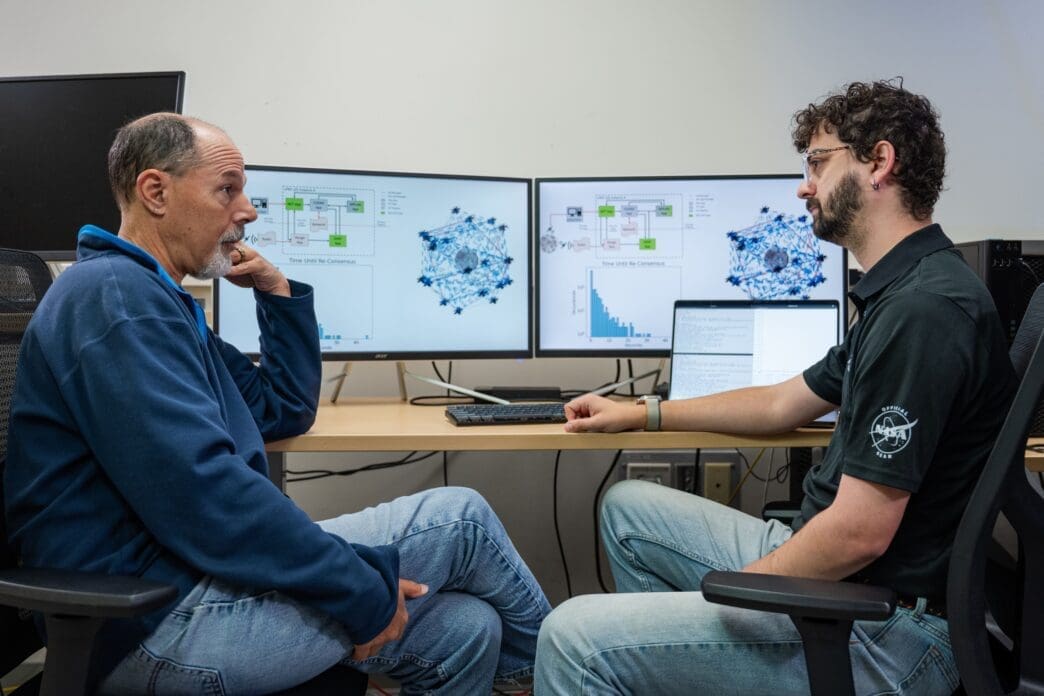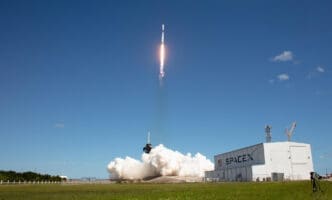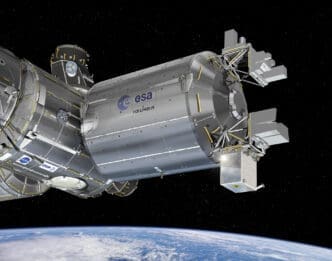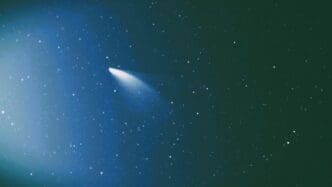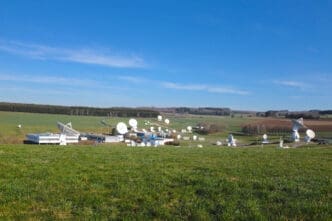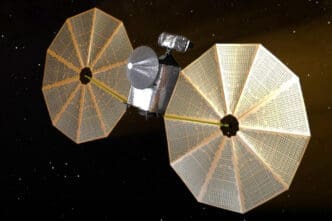Imagine a cluster of satellites chatting amongst themselves, sharing information, and solving problems without human intervention. This is not science fiction; it’s the reality of NASA’s latest innovation. The Distributed Spacecraft Autonomy (DSA) project empowers spacecraft with autonomy, enabling them to operate as a cohesive unit. Get ready to explore how NASA is pioneering this groundbreaking technology in the cosmos.
NASA’s Distributed Spacecraft Autonomy (DSA) is a game-changer. It allows satellites to collaborate and complete missions independently. As space missions evolve, managing each spacecraft manually becomes impractical. Enter DSA, a software that offers a shared brain to satellite swarms. This technology is set to transform how missions are conducted on the lunar surface and beyond.
Understanding Distributed Space Missions
Distributed space missions are like a team sport where every player knows their role. Multiple spacecraft work together to achieve mission goals. Instead of being remotely controlled individually, these spacecraft operate autonomously. This ensures they can handle complex tasks and adapt to new challenges. Autonomous decision-making allows the swarm to be resilient against the failure of individual spacecraft.
Testing DSA in Low Earth Orbit
The mission demonstrated several firsts: the first autonomous operation of multiple spacecraft and the implementation of space-to-space communication. The satellites used a general-purpose automated reasoning system. This allowed them to share information and adjust their operation strategies, showcasing the power of DSA technology.
The Starling Experiment
The mission ran from August 2023 to May 2024, during which the spacecraft formed a network that could autonomously plan and react to changes. Operations like these promise to elevate the efficiency and capability of future missions. The flexibility of the software allowed satellites to act swiftly with minimal delay.
Pushing the Limits in Virtual Lunar Orbit
Such experimentation paves the way for future lunar missions. It shows how a swarm can be crucial for positioning and navigation at a large scale. These systems offer affordability and flexibility for lunar exploration and beyond.
The Future of Swarming Missions
NASA’s DSA is not just about technology; it’s about reshaping space exploration. The capability of larger swarms to function as a single entity simplifies the complexity of mission operations.
NASA Ames: The Hub of Innovation
Continued development is focusing on ad-hoc networking and swarm commanding. This technology promises to transform multi-spacecraft missions into highly adaptive and responsive operations.
Autonomous Planning and Reasoning
The software’s ability to distribute tasks efficiently among a swarm is groundbreaking. It maximizes the potential for scientific discovery while ensuring mission reliability.
Challenges and Triumphs
Such milestones highlight the triumph of human ingenuity in harnessing software capabilities for uncharted territories. NASA continues to break new ground in space exploration.
Implications for the Future
Looking ahead, such technology has the potential to extend beyond the Moon, possibly aiding missions to Mars and beyond. It’s a stepping stone that opens gateways to interplanetary exploration.
Final Thoughts on NASA’s Leap Forward
With autonomy at the forefront, NASA is charting a course to the stars that promises unprecedented opportunities for scientific discovery and exploration.
NASA’s DSA project is more than just innovation; it’s a leap into the future of space exploration. As we witness the dawn of autonomous satellite swarms, the possibilities for discovery and exploration seem limitless.

